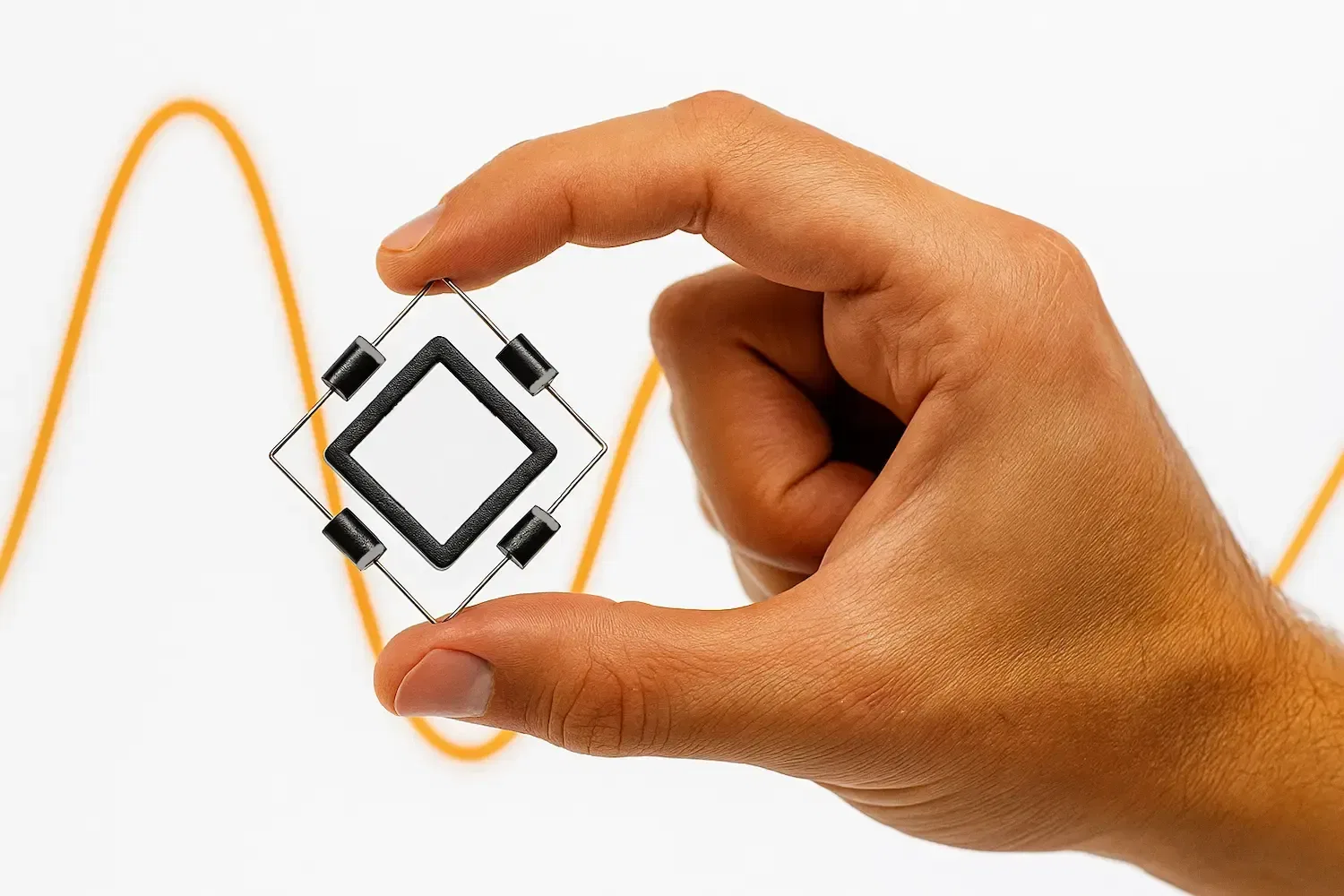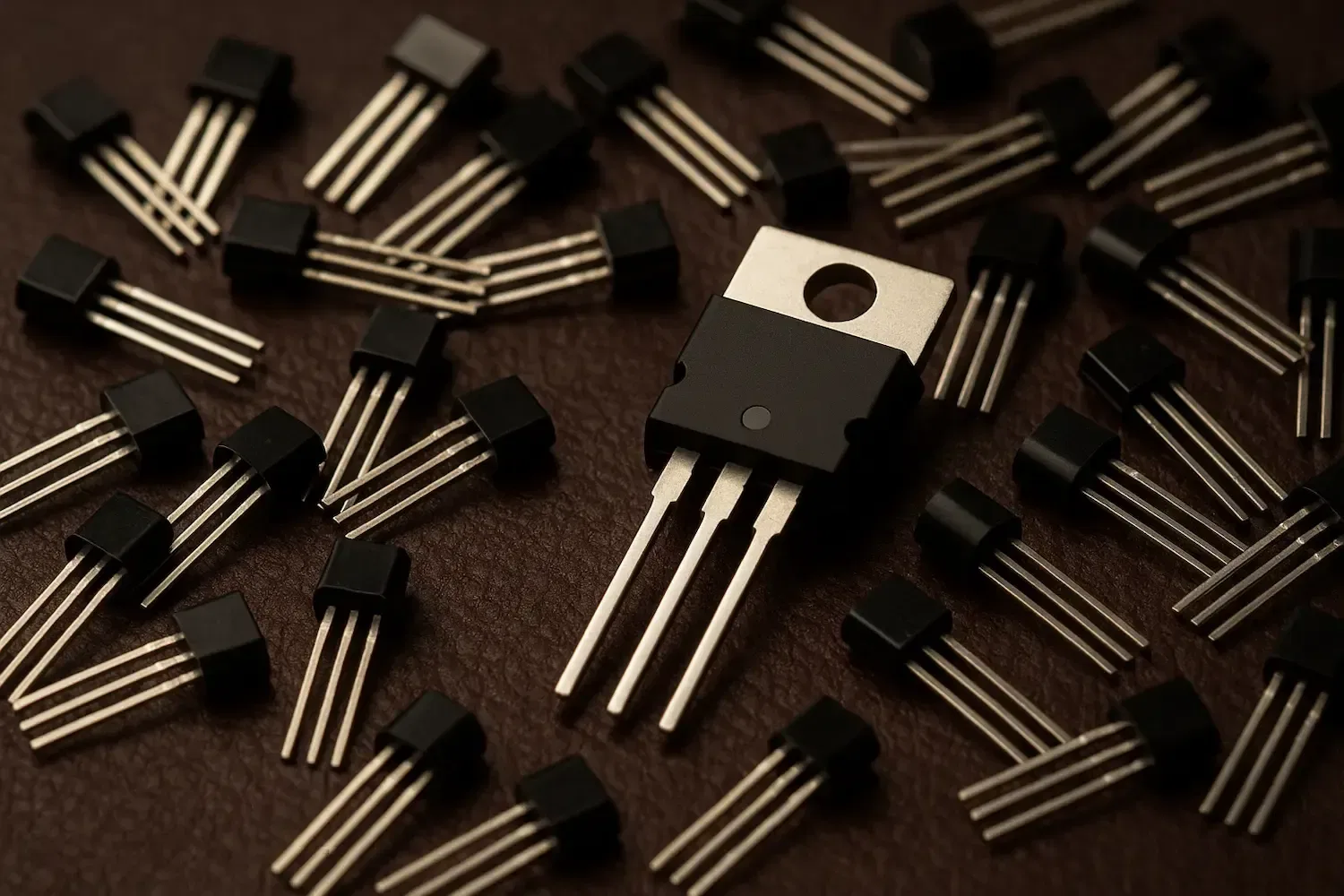Introduction to Transistors

Introduction to Transistors
A transistor is a fundamental semiconductor device used for amplification, switching, and signal modulation in electronic circuits. It acts as a building block for modern electronics, enabling the creation of complex circuits in computers, communication devices, and power systems.
Transistors are typically made from silicon (Si) or germanium (Ge) and function based on the principles of semiconductor physics. They consist of three terminals: Emitter (E), Base (B), and Collector (C) for bipolar junction transistors (BJTs) or Source (S), Gate (G), and Drain (D) for field-effect transistors (FETs).
Types of Transistors and Their Functions
There are several types of transistors, each serving specific purposes in electronic circuits:
1. Bipolar Junction Transistors (BJTs)
- Function: Amplifies current and switches signals.
- Types:
- NPN Transistor: Allows current flow from the collector to the emitter when the base is supplied with a small current.
- PNP Transistor: Allows current flow from the emitter to the collector when the base is pulled low.
- Example: 2N3904 (NPN) and 2N3906 (PNP) used in amplification and switching.

2. Field-Effect Transistors (FETs)
- Function: Controls current flow using an electric field, offering high input impedance and low power consumption.
- Types:
- JFET (Junction Field-Effect Transistor): Voltage-controlled device with high input impedance.
- MOSFET (Metal-Oxide-Semiconductor Field-Effect Transistor): Used in power switching and digital circuits due to its high efficiency.
- Example: IRF540 (MOSFET) used in power regulation.

3. Darlington Transistors
- Function: Provides high current gain by combining two BJTs in one package.
- Example: TIP120, used in high-power switching applications.

4. Phototransistors
- Function: Converts light into electrical signals, useful in light detection applications.
- Example: Most commonly used in remote control receivers for TVs, DVD players, and other consumer electronics. Also used in optical sensors, automatic lighting systems, infrared receivers, and industrial automation for object detection.

Applications of Transistors
Transistors are crucial components in modern electronics, with applications including:
- Amplification: Used in audio amplifiers and radio frequency circuits.
- Switching: Essential in digital logic circuits and microprocessors.
- Voltage Regulation: Helps maintain stable voltages in power supplies.
- Signal Processing: Used in modulation and demodulation circuits.
- Power Control: MOSFETs and IGBTs are used in motor control and renewable energy systems.
- Optical Sensors: Phototransistors detect light levels in automation systems.
- Computing and Memory Storage: Forms the core of microprocessors and memory chips.
Conclusion
Transistors are indispensable in modern electronics, enabling amplification, switching, and control functions in a vast array of applications. Understanding the different types of transistors and their functionalities helps engineers and hobbyists design efficient electronic circuits. Whether in audio systems, power electronics, or computing, transistors remain at the heart of technological advancements.








